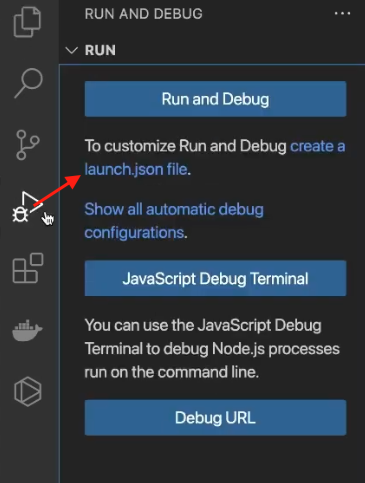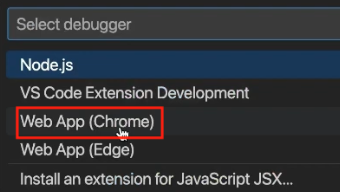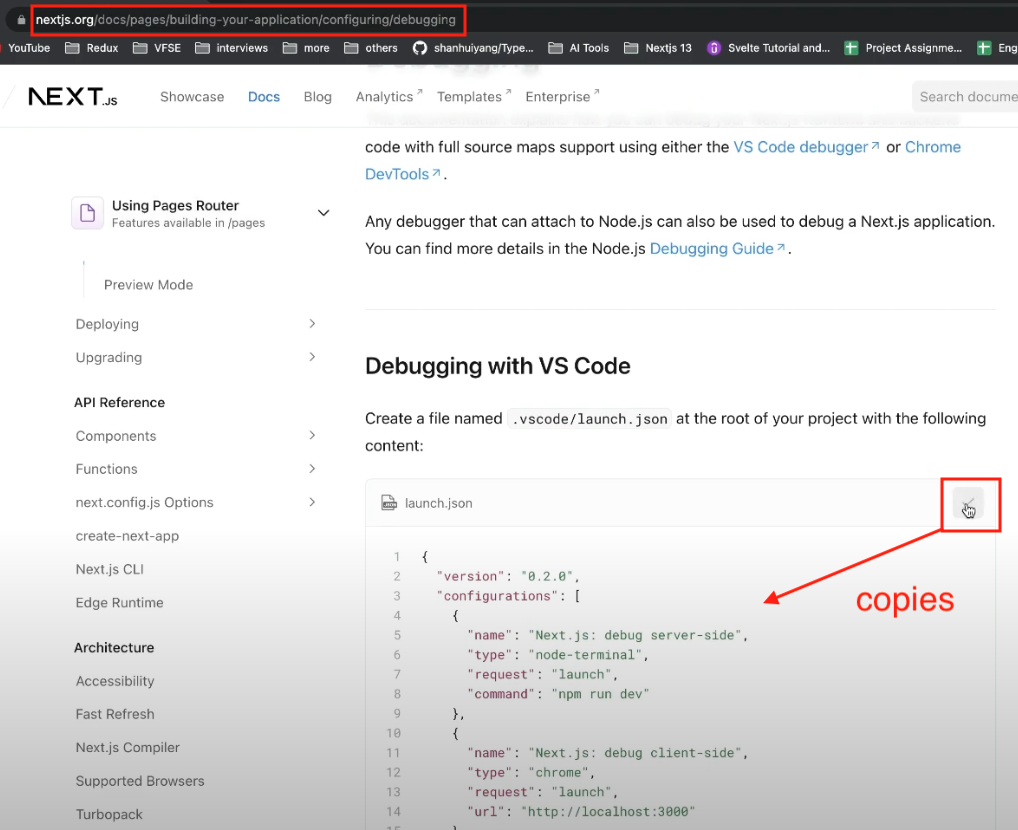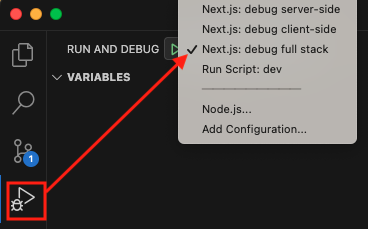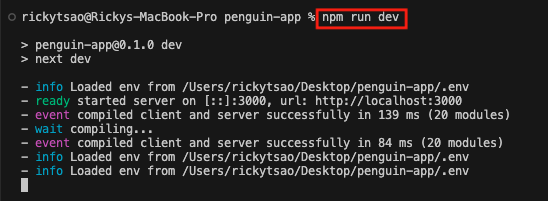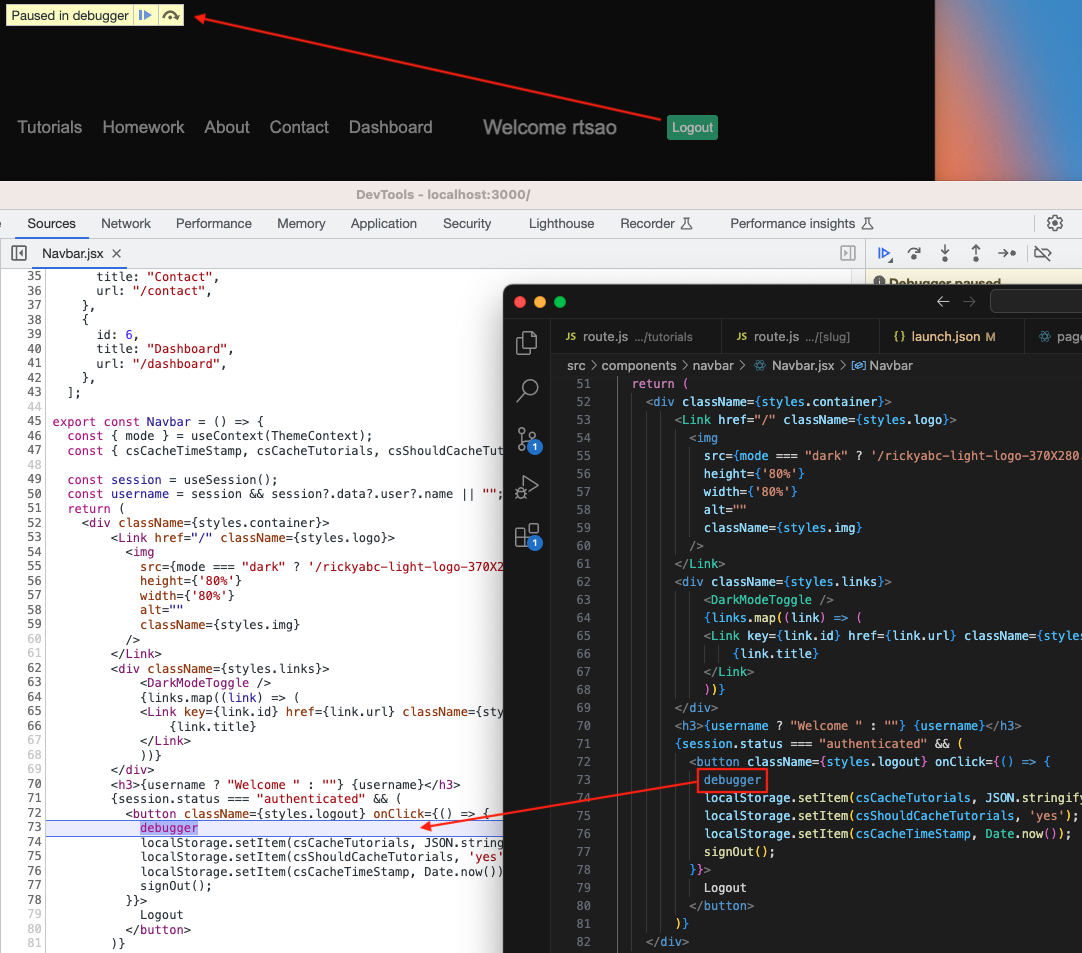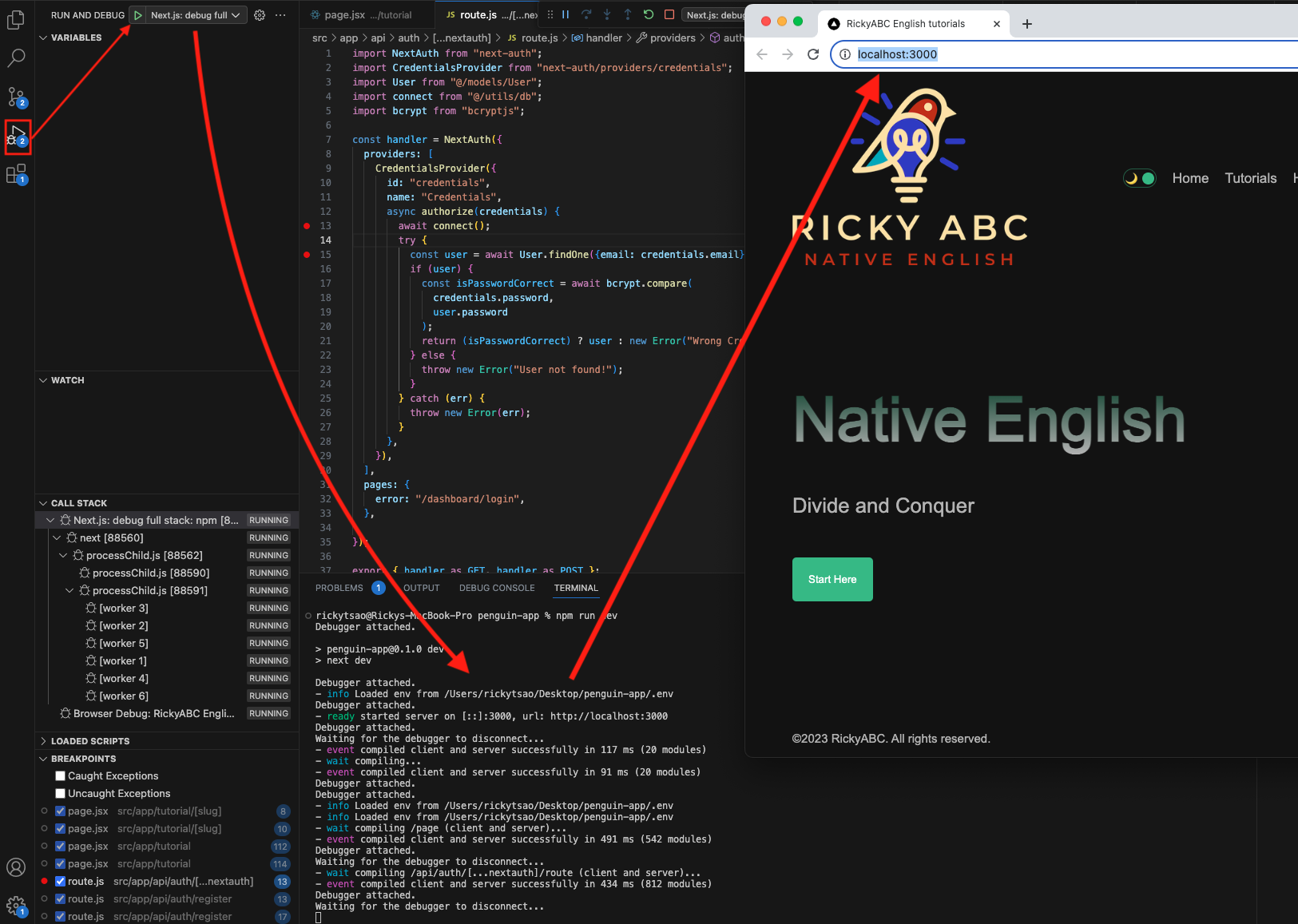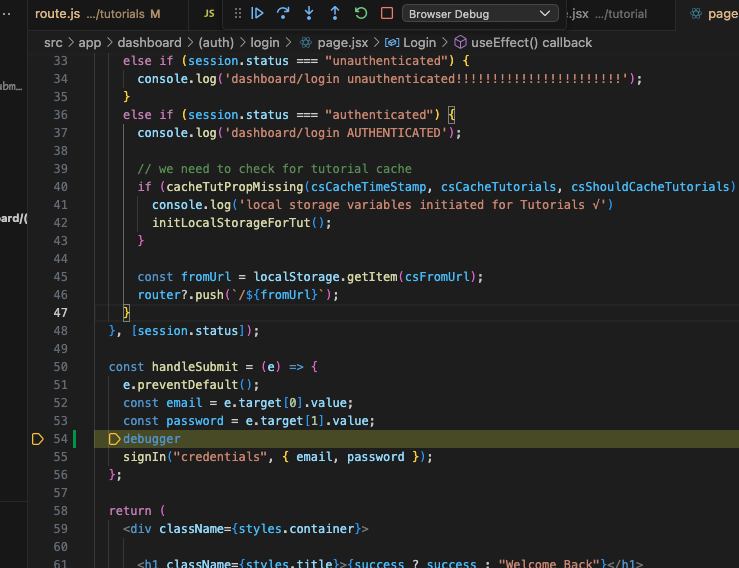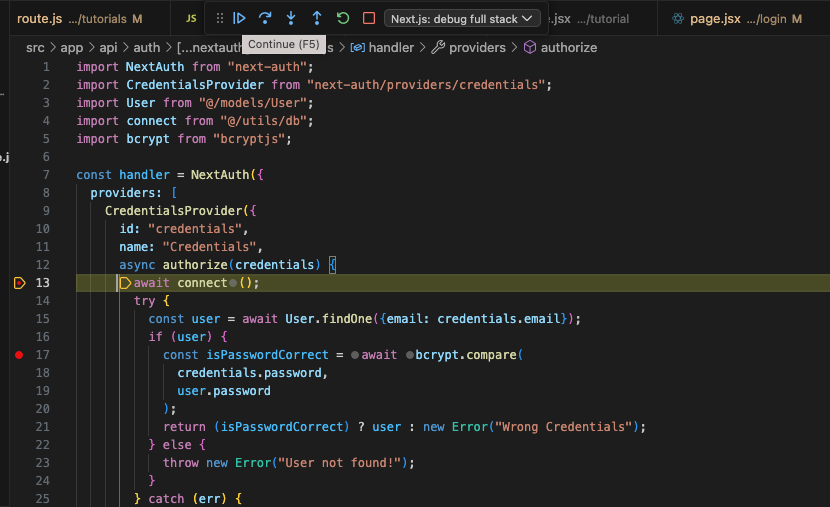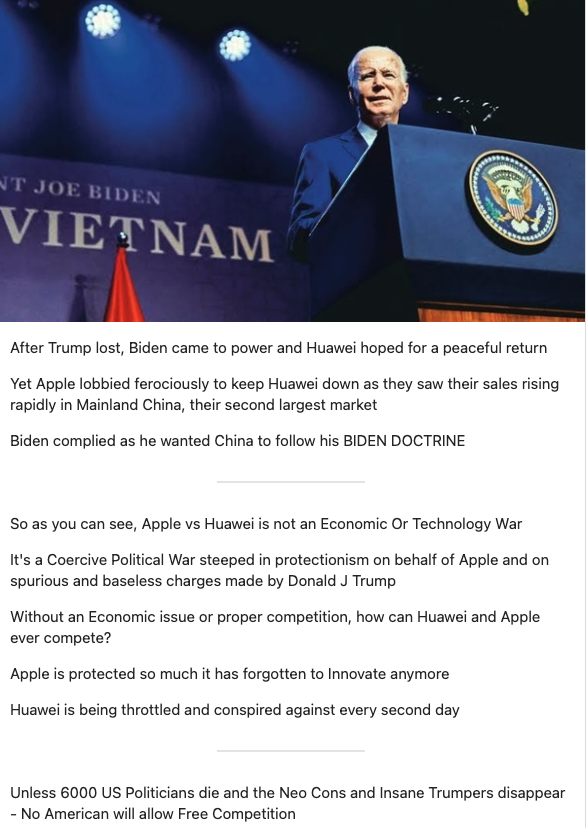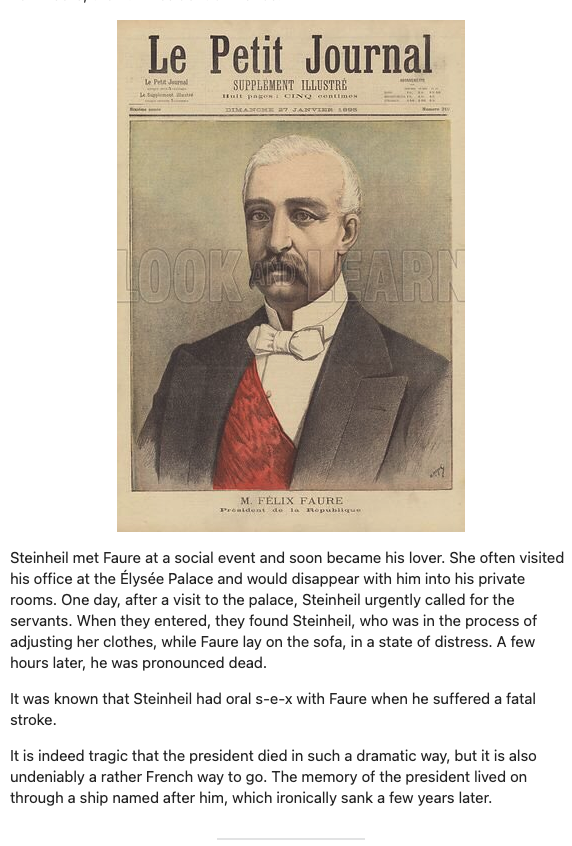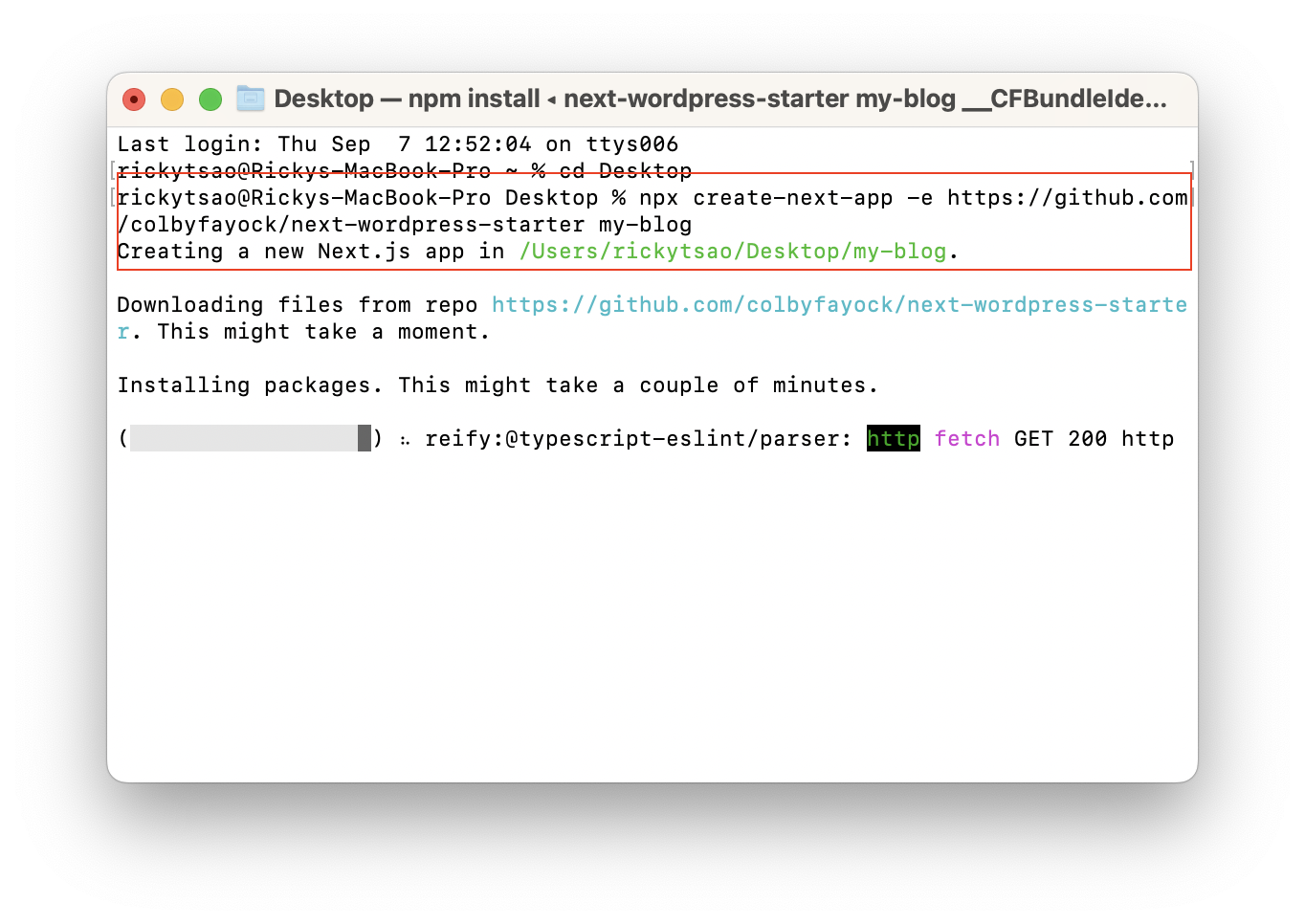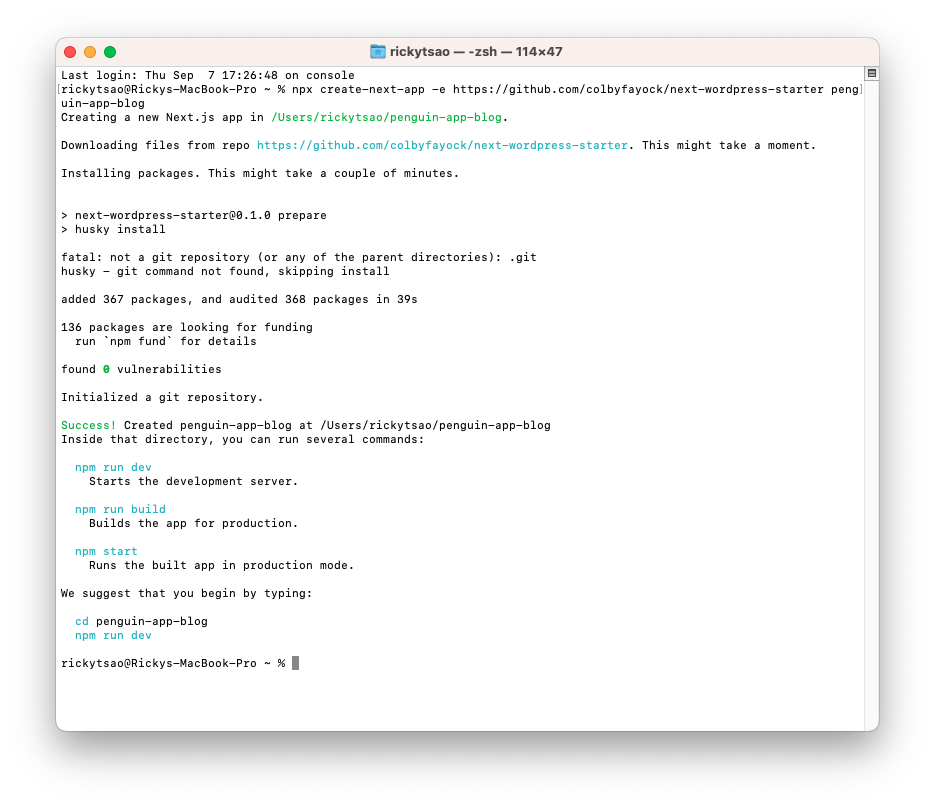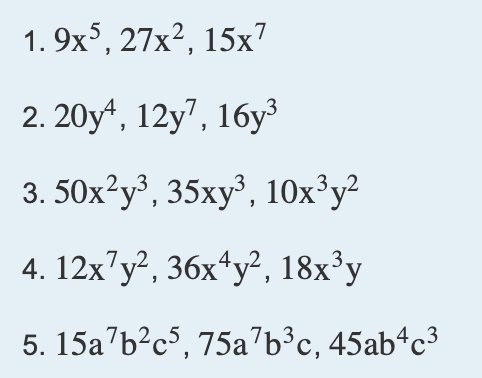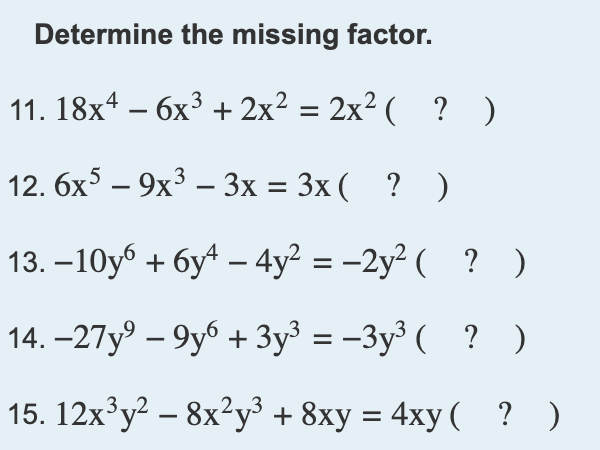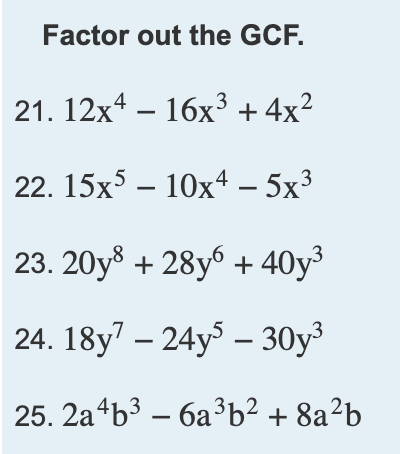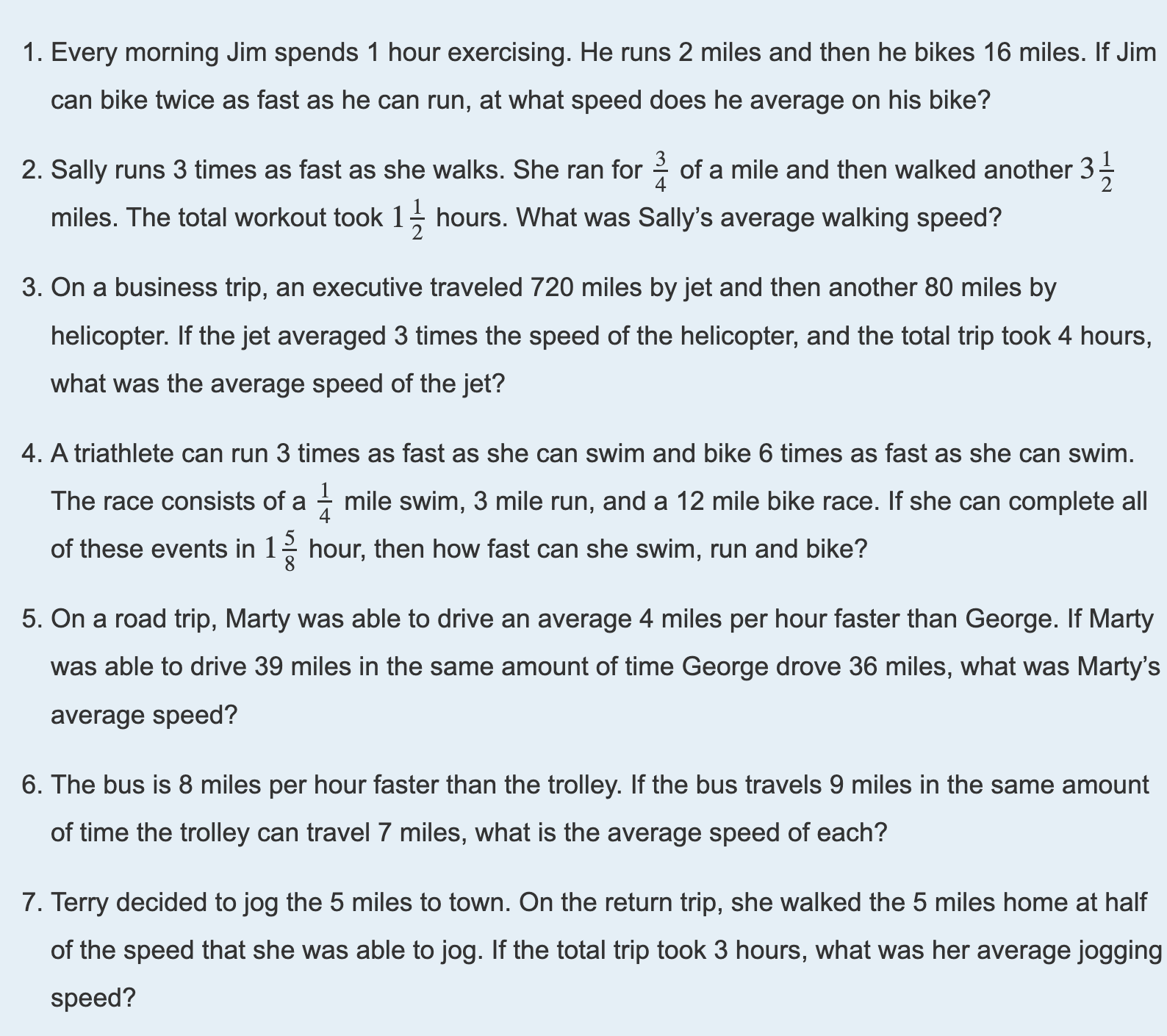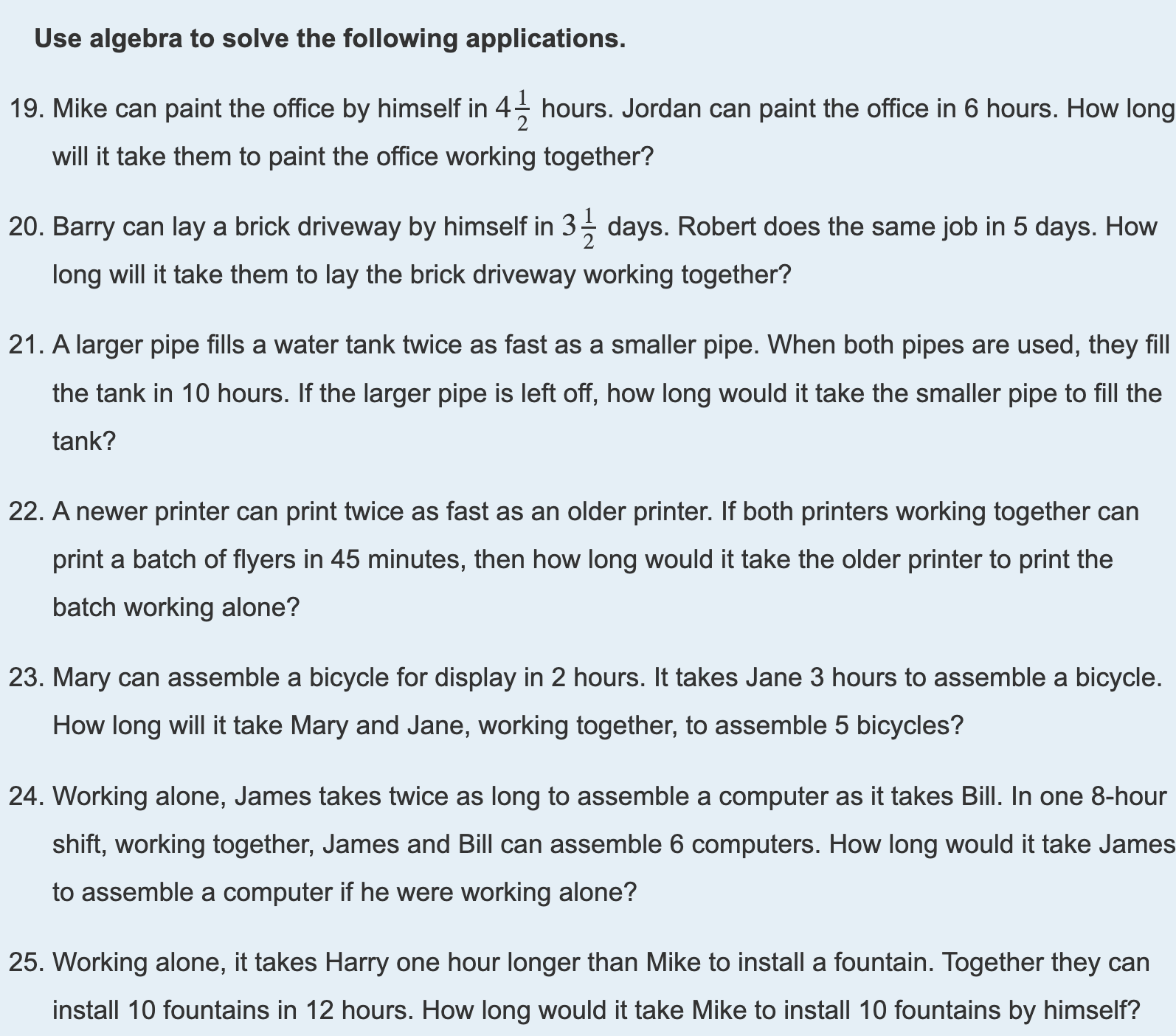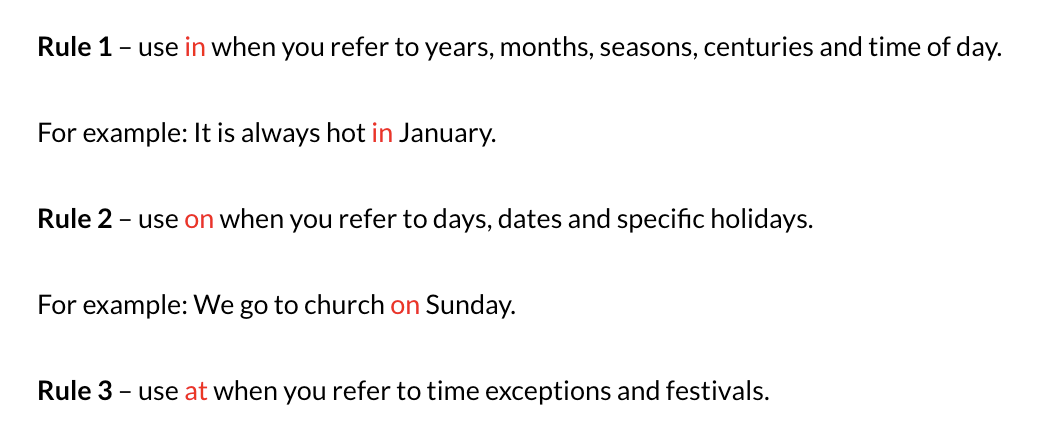你的句子
我的解释
我的修改和建议
A turtle lives in the forest. His name is Ted. √
A rabbit also live in the forest.
rabbit is 3rd singular, verb must use s. live –> lives
A rabbit also lives in the forest
or
A rabbit named Judy lives in the same forest.
His name is Judy.
Judy is a female name, so we must use pronoun “Her”
Her name is Judy.
Judy thinks he run fast.
Judy thinks she runs fast.
or
Judy believes she runs really fast.
or
Judy believes she is the fastest runner in the forest.
or
Judy is confident that she is the fastest animal around.
He say to ted. Let us run and to see who is the winner.
Remember that say is a verb. He is a 3rd singular, which means our verb ‘say’ must add an ‘s’.
and ‘to’ see – the ‘to infinitive’ is used incorrectly here. Please review ‘to infinitive’.
One day, she challenges Ted to a race.
Judy shouts, “Hey Ted! Let’s race to see who is the fastest!”.
Ted agree with him.
Again, 3rd singular must add ‘s’ to the verb.
Also let’s use adverbs to put more meaning to our sentences.
Ted reluctantly agrees.
At beginning Judy run very fast.
‘At preposition’ is used for places.
If you want to say during when the race begins, you should say “In the beginning”.
In the beginning, Judy runs very fast.
or
On a sunny day, all the animals gather around the start line and the race begins. Judy zooms off into the distance.
Ted runs slow.
This look an elementary student wrote it.
Unfortunately, Ted moves step by step and is really slow.
Judy back to see Ted .
This is NOT how you use the verb ‘back’. Please review verb ‘back’.
Judy turns her head and notices that Ted is nowhere to be seen.
He is very happy and prond of himself.
Be aware of your spelling.
As a result, she is happy and proud of herself.
He thinks Ted will not catch up him .
Please review “prepositional ‘to'”
Please review “be able to” and its usage.
She thinks Ted will not be able to catch up to him.
or
There is no way Ted will catch up.
So he slept a while .
Remember, we are using present tense only. No past tense please.
So she decides to take a nap
But Ted still keeps running .
We do not need extra preposition ‘still’.
But Ted keeps running.
or
Ted persists and keeps moving.
or
Ted perseveres and inches forward.
Finally Ted catch up Judy .
Finally, Ted catches up to Judy and sees her napping by a tree.
Become the winner .
Run on sentence. Also please do not have any space(s) between the last letter and the period.
Ted crosses the finish line and wins the race.
This story tells us. We can not look down other people.
Please review period (.) It means to end the sentence.
This story teaches us that we cannot overestimate others.
or
This fable instills humbleness and perseverance.
If we insist on and make the effort .we will be successful
If we insist on hard work and persistence, we will be successful.
